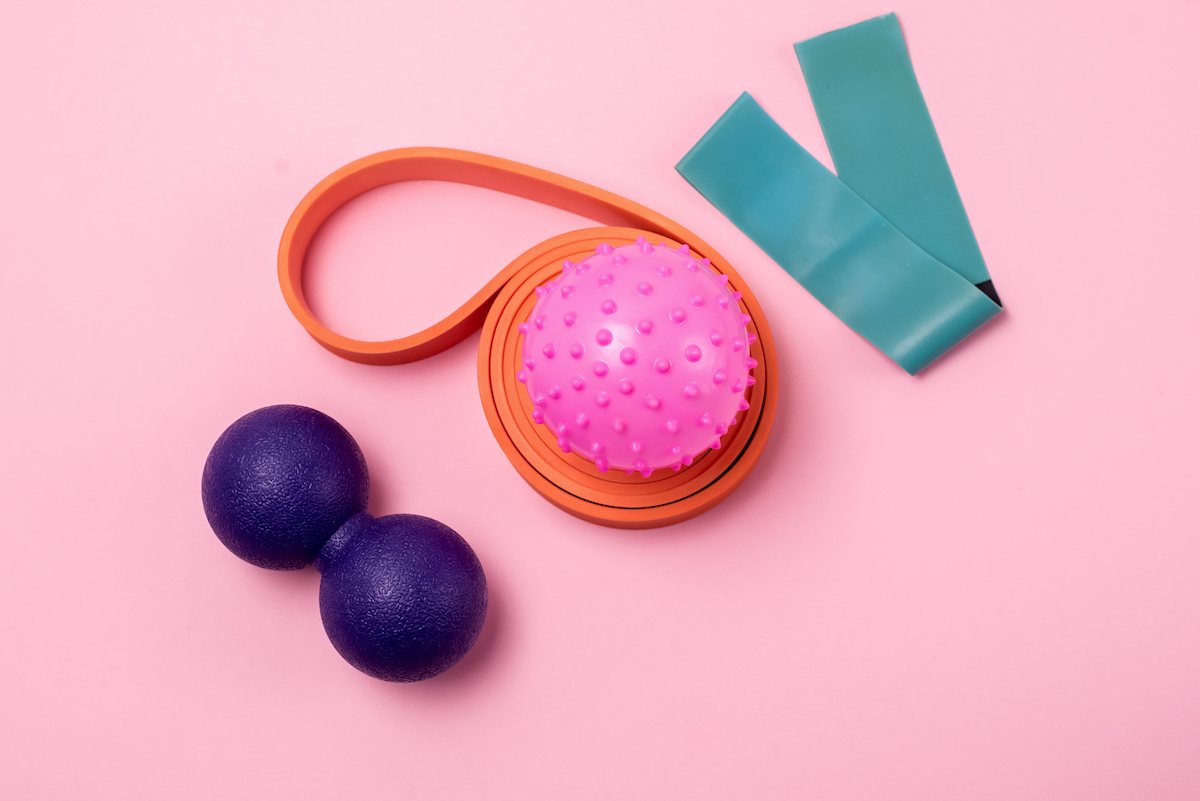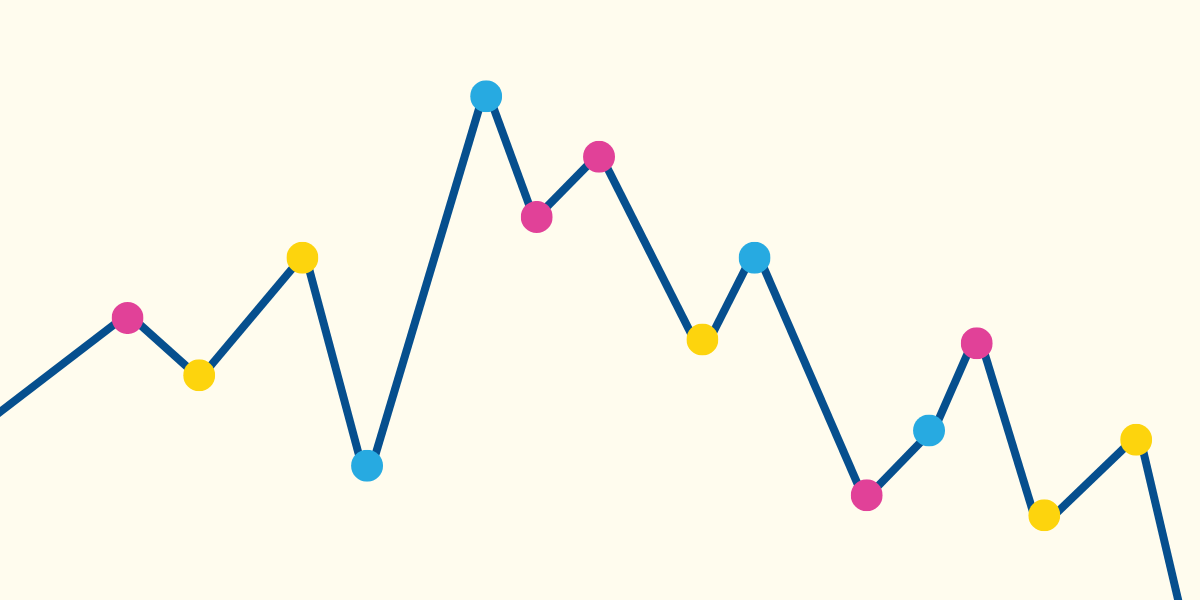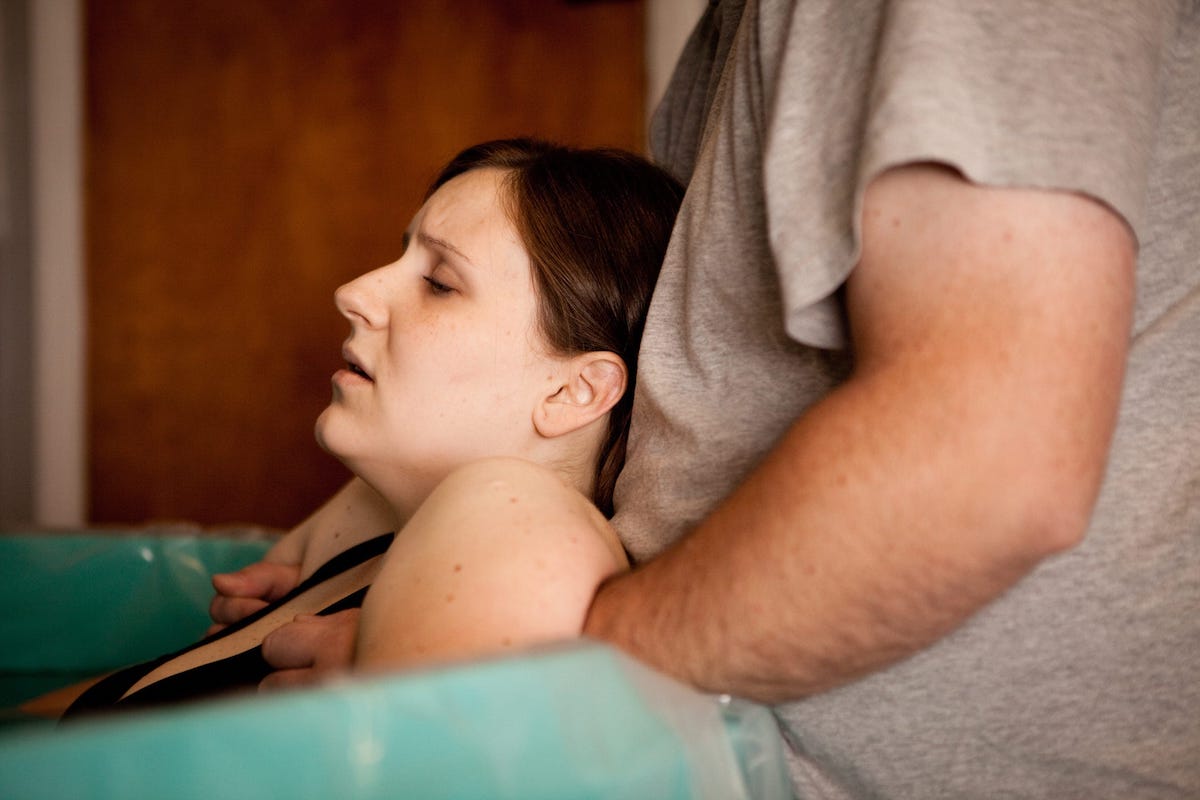Throughout the developing world, girls are less likely than boys to be enrolled in school, and these differences are particularly large after puberty.
This is a serious problem: Better educated women have healthier and better-educated children, are more likely to work productively and have more control over their lives and marriages. So how do we get girls into school?
One possible solution — one which has received particular attentionin the last few years — is providing better sanitary products for use during menstruation. As the story goes, girls miss significant amount of school during menstruation, largely because of lack of modern sanitary products, and this contributes to lower attendance rates, eventual failure, or dropping out.
Part of the appeal of this explanation is that the fix is so easy. There is no need to change attitudes about female schooling, to provide funds for uniforms or textbooks, or to construct new schools closer to girls’ homes; instead, the menstruation theory suggests simply providing sanitary products could significantly affect the education gap.
At least one sanitary product manufacturer has jumped on this fix: In 2007, Procter & Gamble announced its support for the Protecting Futures Program, which provides sanitary pads and hygiene education to girls in Africa. Other organizations (the Clinton Global Initiative, for example) have pledged millions of dollars to finance better sanitary products in the developing world.
All this is done based on the claim that girls miss significant amounts of school during their periods. But what is the evidence?
Community Guidelines

















Log in